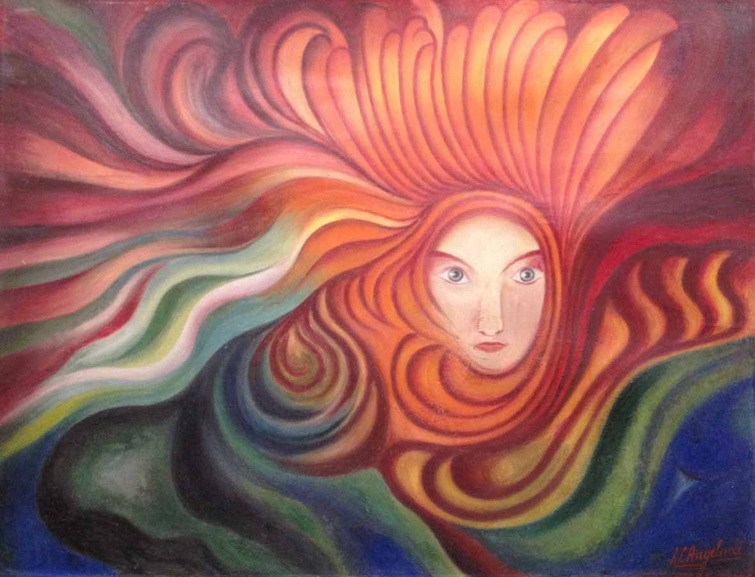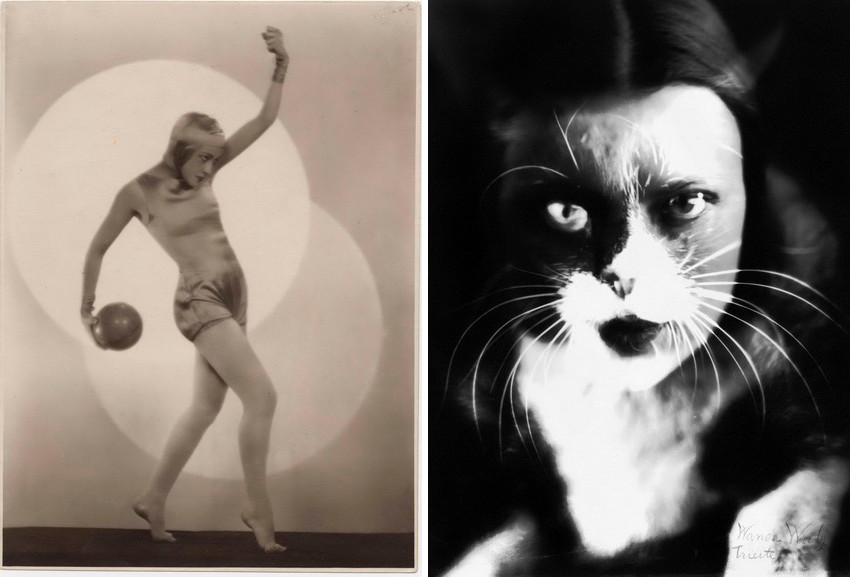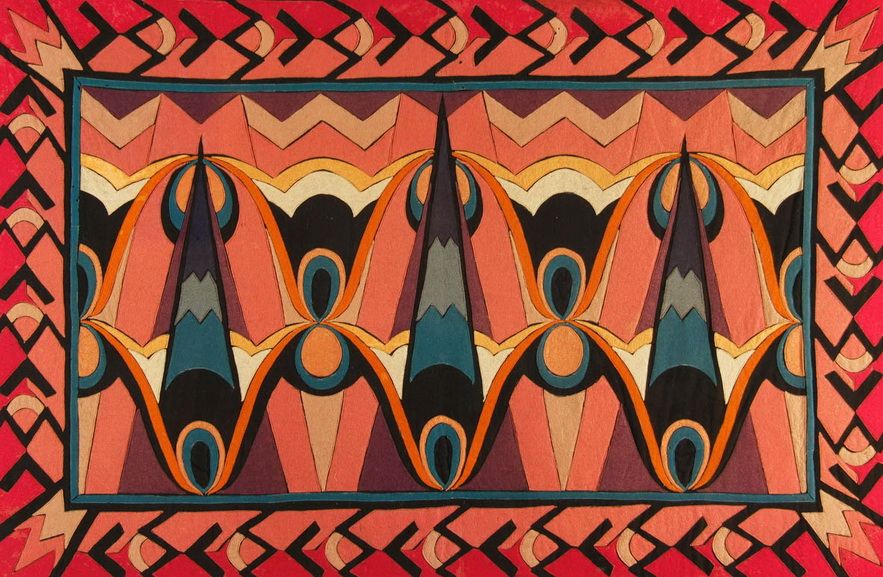[ad_1]
The development of Modernism at the begging of the 20th century brought a number of perspectives, approaches, and innovations. It is also marked as a period in which women’s emancipation began – they have decided to cut their hair, drive automobiles, wear trouser and act politically.
All of the achievements of female scientists, artists, and intellectuals were overshadowed by world wars and the general patriarchal discourse. With the rise of the feminist movement in the 1970s, all of the branches of women’s activity were reexamined, and thus so was the art history.
The practices of various women artists were rediscovered and evaluated properly, and thanks to those efforts in following years the interest in their production grew.
Certainly, all of the avant-garde movements are still mostly celebrated for the male proponents, despite the presence of the outstanding women artists such as Sophie Tauber, Natalia Goncharova or Hannah Höch. Despite the fact that Futurism was ideologically different than other movements of the times (since it was directly associated with Fascism), and their leading figure Marinetti insisted on the phallocentric and masculine energy, it had its female counterparts. Their doings and contributions to the movement were not that examined and are still somehow controversial.
Therefore, the exhibition under the title Flight and Light: The Women Futurists. 1912-1944 attempts to put a new light on the domains of woman production and their response to the all-male presence and ongoing misogyny within the Futurism.

Women Futurists Against Patriarchy
The women who decided to embrace the Futurist ideas have reshaped them in accordance to their own beliefs, so although it may seem strange due to the mentioned ideological context of the movement, their activity can be described as a feminist one.
Namely, women artists saw themselves as more masculine than other women, they were against marriage, and they promoted full emancipation in regards to work and liberated sexuality. In the same manner as their male peers, they were combative and eager to participate in war.
The best proof for such a conclusion is the Manifeste de la Femme Futuriste (Manifesto of the Futurist Woman) published in 1912 by Valentine de Saint-Point through which she promoted the figure of the woman-warrior or the Superwoman (as opposed to Nietzsche’s Übermensch). It was an actual reply to the Fondazione e Manifesto del Futurismo (Manifesto of Futurism) by Marinetti, published in Paris in Le Figaro in 1909.
The second manifesto de Saint-Point wrote deals with the notion of lust, which reflects further in her intention to emphasize the role of liberated woman in a modern day society. At the outbreak of WWI, Saint-Point declared that she was not a Futurist, had never been one, and that she did not belong to any school.
As a matter of fact, the presence of women and their practices of representation and self-representation acquired visibility within the phallocentric Futurist movement. From painting, ceramics, and writing to dance and parapsychology, each woman brought her unique vision and contributed to a safe escape from the stereotypes and canons of the movement.

The Highlights Of The Exhibition
The Women Futurists exhibition consists not only of the artworks, but also of various documents and memorabilia, including photographs, studies, first drafts of texts, etc. The explorations of the flight and speed, body and dance, forms and words, reveal a consistent production usually expressed in a multidisciplinary manner.
By focusing on each biography of the selected artists (Benedetta, Wanda Waltz, Regina Bracchi, Alma Fidora, Valentine de Saint-Point, Adriana Bisi Fabbri, Bice Lazzari, Giannina Censi and others), the curators Chiara Gatti and Raffaella Resch wanted to expose the differences in approaches, aesthetics, and ideology.
The exhibition logically starts with the mentioned manifesto of Valentine de Saint-Point. Then, there are the works of Alma Fidora (whose library and archives of documents were destroyed in bombing raids) and Adriana Bisi Fabbri, who were both present at the Futurist exhibition which featured women painters in 1914.
The photograph of Giannina Censi, who devotedly worked on the metalism of dance, represents the choreography called Aerodanza and reflects the artists fascination with the idea of the body as machine. On the same trail of transformation functions the photographic work of Wanda Wultz who has, in this particular case, introduced a negative of her face superimposed with that of her cat.
The practice of Benedetta Cappa, the wife of F.T. Marinetti, is marked by the artist’s experiments on canvas, where she expressed the flight experience with signature rhythmic patterns of color. Bice Lazzari was entranced by the idea of painting as a new kind of music characterized by the use of absolute colors (as she called them) – black, white, red and yellow, which is proved by her work Arazzo from 1928.

Flight and Light at The MAN Museum
This exhibition is a large project which could not be possible without the loans from Italian public and private collections. It is accompanied by the fully illustrated catalog and the by Giancarlo Carpi, Enrico Crispolti, Chiara Gatti, Lorenzo Giusti, and Raffaella Resch, and a special feature – an interview with Lea Vergine, a curator of the exhibition L’altra metà dell’avanguardia from the 1980s dedicated to female artists active from 1910 to 1940.
Flight and Light: The Women Futurists. 1912-1944 is displayed at the MAN Museum located on Sardinia, and the audience is able to see it until 10 June 2018.
Featured images: Barbara – Pensieri in carlinga, 1938. Oil on canvas, 80 x 120 cm. Private collection Regina in Lambretta; Adriana Bisi Fabbri – I sette peccati capitali, 1914. Oil on canvas, 117 x 180 cm. Private collection; Benedetta – Ritmi di rocce e mare, 1929 c. Oil on canvas, 80 x 125 cm. Private collection, Rome. All images courtesy The MAN Museum.
[ad_2]
Source link
